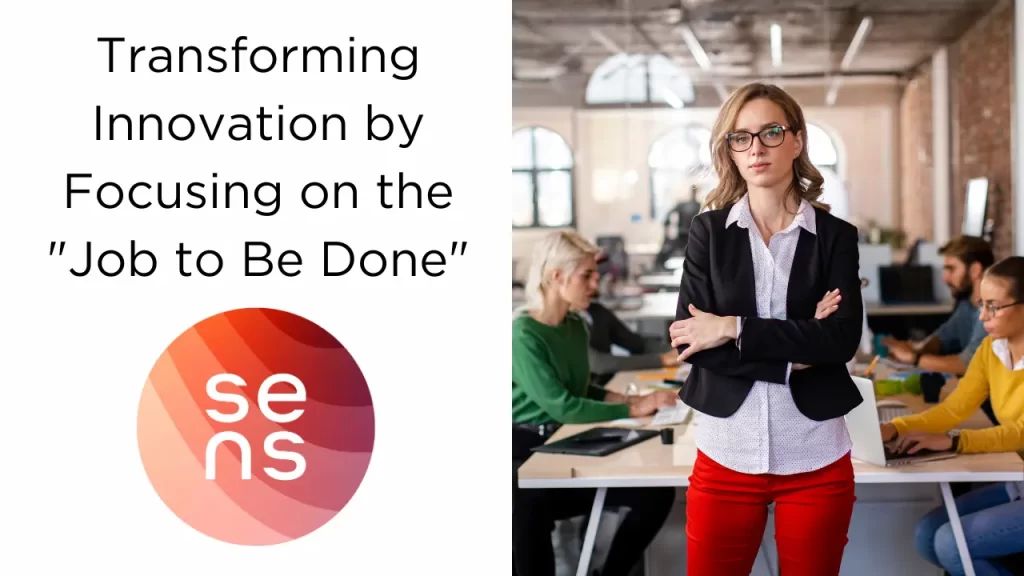In today’s rapidly evolving business landscape, innovation remains a top priority for leaders. However, the vast majority of innovations often fall short of their ambitions. A recent McKinsey poll revealed that while 84% of global executives considered innovation extremely important to their growth strategies, a staggering 94% were dissatisfied with their organisations’ innovation performance. So, what’s causing this misalignment between intent and outcome?
The fundamental issue lies in how most businesses approach innovation. Despite having access to an unprecedented amount of customer data and employing structured innovation processes and talented professionals, many companies still struggle to deliver successful innovations. The problem? They rely on data that primarily shows correlations—patterns in customer behaviour—without truly understanding what causes a particular customer action.
This is where the “job to be done” theory comes into play. The theory suggests that businesses should focus on what progress the customer is trying to make in a given situation, or more simply, what the customer hopes to accomplish. This concept goes beyond demographics and psychographics to identify the specific needs and desires that drive customer choices.
A real-world example illustrates the power of this theory. Imagine a company that struggled to sell apartments. Despite their high-quality properties and targeted marketing, they couldn’t convert visits into sales. Traditional solutions like listening to focus groups didn’t provide the answers they needed. However, an innovative approach centred around understanding the “job to be done” revealed a different story.
Customers weren’t just looking for a new home; they were trying to transition to a new life. For many, it was the emotional attachment to their old dining room table that prevented them from making the leap. Knowing this, the company revamped its offering, emphasising solutions that eased the emotional burden of moving. Suddenly, they were able to differentiate themselves effectively and raise prices, even in a challenging market.
The “job to be done” theory offers several key principles:
● It considers the specific goal a customer seeks to achieve in a particular context.
● It focuses on circumstances over customer characteristics or product attributes.
● It addresses social and emotional aspects of the job.
This theory helps companies create innovations that solve real problems for customers by fulfilling their unique needs and desires. Understanding the “job to be done” allows firms to differentiate their offerings and build experiences that customers value. It provides a clear framework for aligning processes across the organisation to support the customer’s objectives, ensuring a more predictable and successful innovation journey.
How Sens Fits In:
Sens leverages the “job to be done” framework to redefine the innovation process and revolutionise the way businesses understand and connect with their customers, employees and stakeholders. By focusing on the specific goals people are trying to achieve within certain contexts, Sens moves beyond traditional market research methods to uncover the true driving forces of consumer behavior.
Sens uses ground-breaking science & AI architecture to analyse and interpret a broad range of emotional, behavioural and linguistic responses to provide businesses with insights that predict what really motivates or drives a person to take an action. This multi-sensory approach that sens takes recognises the social and emotional dimensions of the job that a person wants to get done, ensuring that businesses can innovate with precision and predict business outcomes.
In an age where innovation can be elusive, Sens brings clarity to the process, helping companies deliver breakthrough solutions through BehaviorTech that addresses genuine customer needs, making innovation more predictable and profitable.
Get in touch to discover how Sens is transforming innovation here: hello@sens.digital
